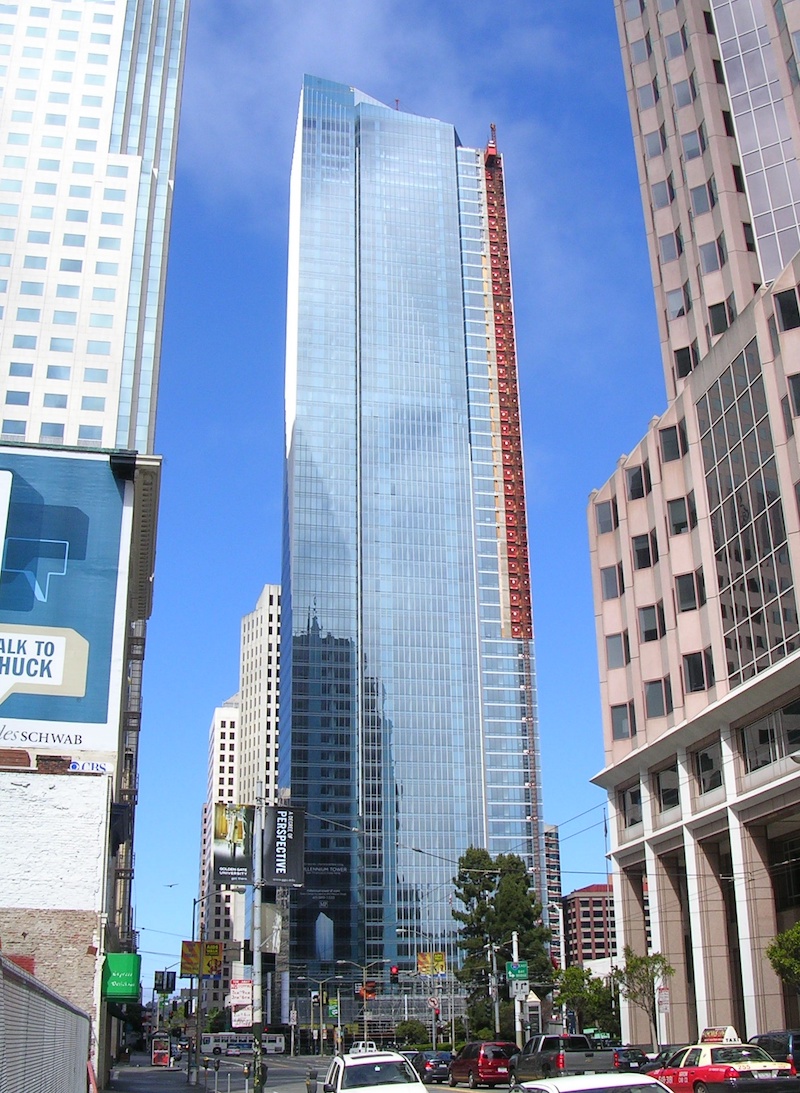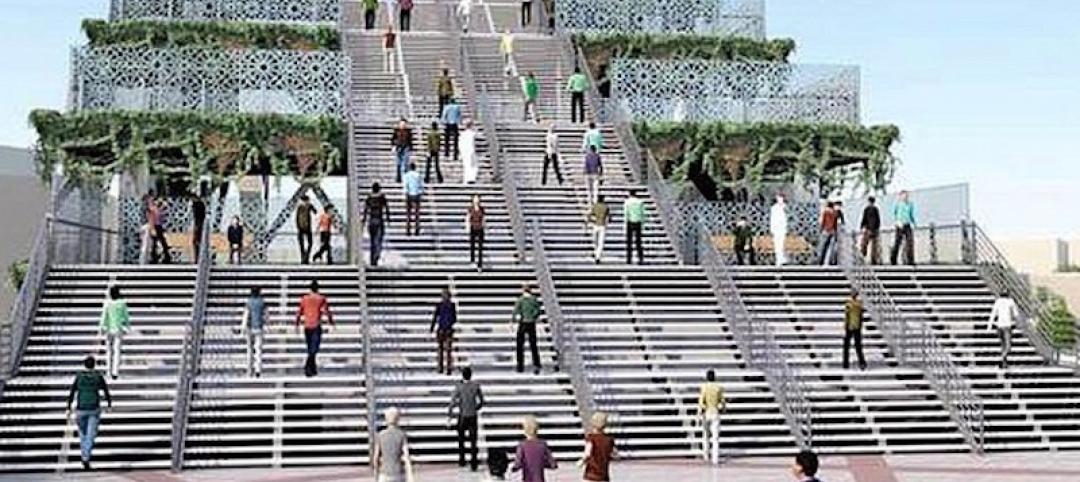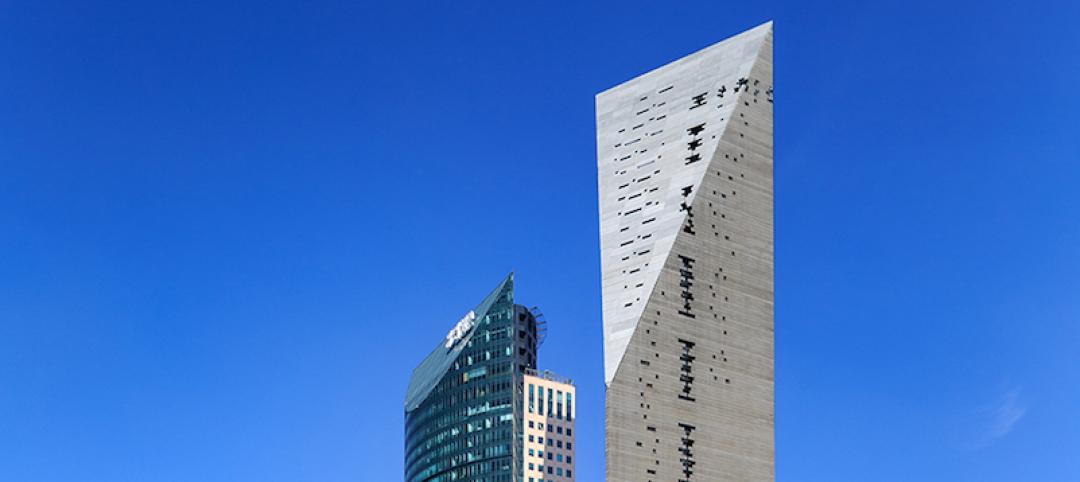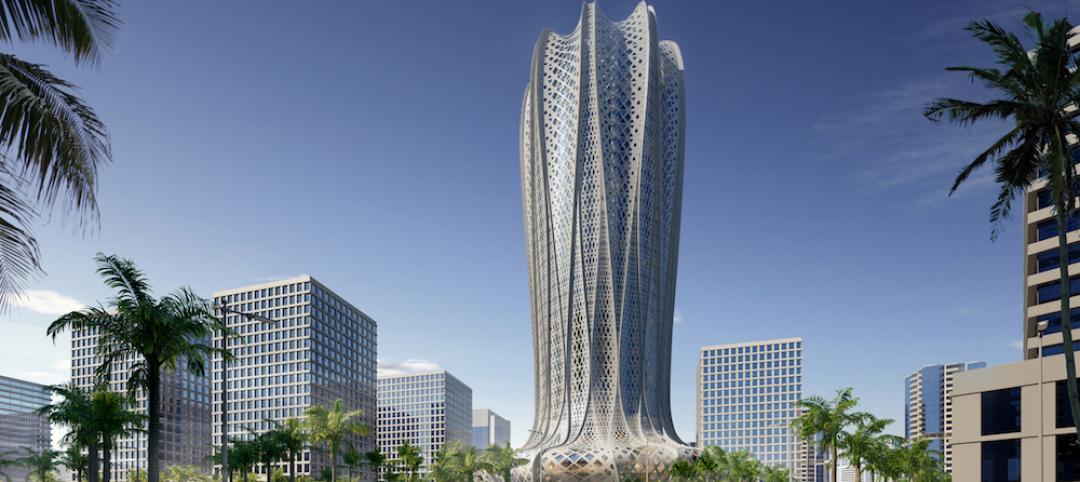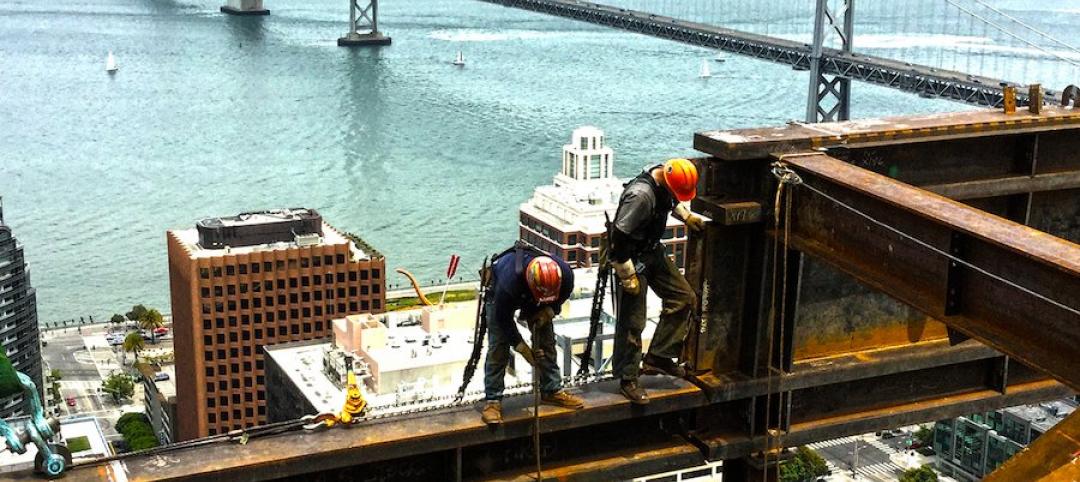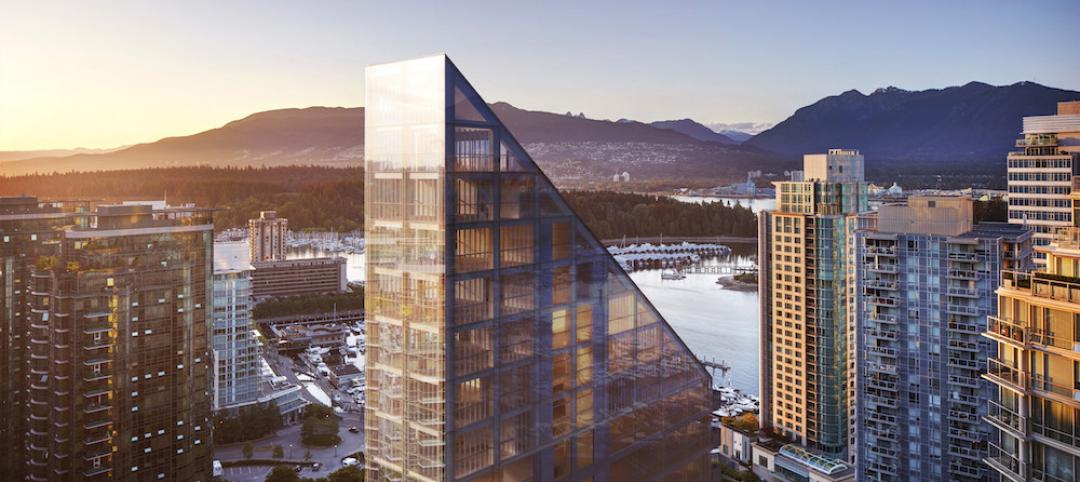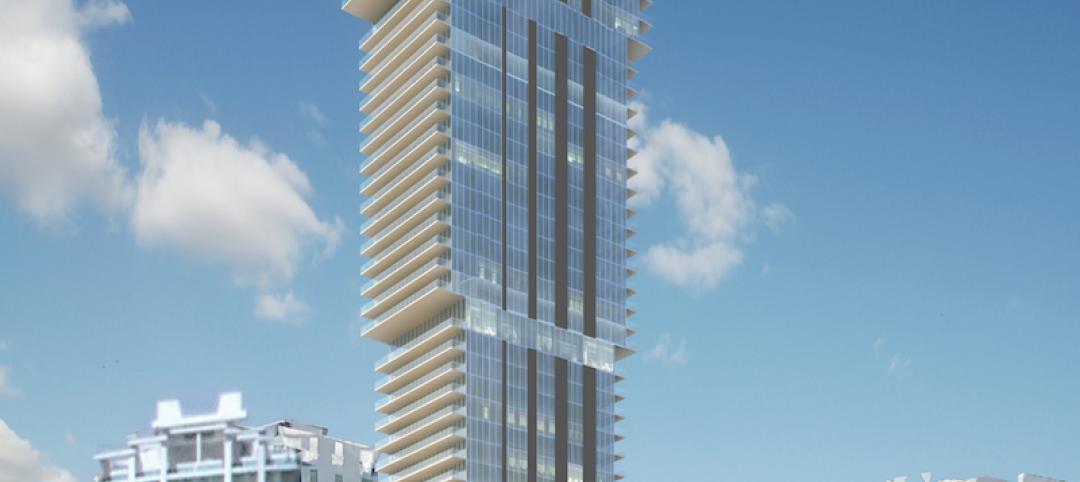When residents of San Francisco’s Millennium Tower plunked down the cash (sometimes as much as $10 million) to live the 58-story building, they were probably expecting their new home to be packed with amenities and luxuries to make their lives as easy as possible. But the odds are, what they weren’t expecting was the need to question whether or not their new living arrangements were safe. But that is exactly what many residents are beginning to do after the tower has sunk 16 inches since its completion in 2009. The tower has also tilted by two inches at the base and about 6 inches at the top.
According to sanfrancisco.cbslocal.com, a spokesman for Millennium Partners, the building’s developer, says some sinking was expected, but the 16 inches is almost three times more than what was originally predicted. Even so, the spokesman says the seismic performance has not been affected and the leaning and sinking does not represent a safety risk.
Millennium Partners is blaming the issue on the Transbay Joint Powers Authority, saying the construction of their new rail terminal is to blame. To build the terminal, Transbay dug a 60-foot hole to create a dry construction site and pumped out millions of gallons of groundwater, which compressed and weakened the soil under Millennium Tower.
Transbay Joint Powers Authority, however, is pointing the finger back at Millennium Partners, saying the building had already sunk 10 inches before construction on the terminal even began. They say the real reason for the issue is due to Millennium Partners cutting corners to save money. Instead of driving piles about 200 feet down into bedrock, they were instead driven 60 to 90 feet down into dense sand. The transit authority released a statement saying the building would not be tilting today if it had been anchored to bedrock.
Millennium Partners spokesman says the building was built correctly and other buildings in the area, such as the Intercontinental and St. Regis hotels, have similar foundations.
While safety is a major concern to residents, many are also worried about the issue affecting property values. To this point, the cracks that have appeared in the walls due to the building settling have all appeared in the parking garage, and no damage has occurred to any of the units.
*Update* (Feb. 6, 2017)
Over the past few months, things have certainly not gotten any better for the ailing tower or its frsutrated residents. According to experts that have continued to do site inspections, Millennium Tower is still safe to live in, but that hasn't stopped a group of more than 20 residents from filing multiple lawsuits against Millennium Partners, the City of San Francisco, and the Transbay Joint Powers Authority (TJPA).
According to the Denver Post, the 20 or so residents, who collectively paid around $75 million for their condos, allege that Millennium Partners knew the building had sunk 8.3 inches into the ground as early as 2009, just one year after the building was completed. Furthermore, they believe Millennium Partners hid the building’s faulty structure from buyers, saying the city’s administrators also helped to conceal the engineering flaws. Both Millennium Partners and the city deny the allegations.
The TJPA has also been named in the residents’ suit due to the construction of the new rail terminal. If the TJPA is found to be at fault, San Francisco taxpayers may find themselves on the hook for covering the building’s repair costs. The TJPA has also denied the allegations.
Another development has arisen that may add to the collective headache of Millennium Tower residents. As the Denver Post reports, Millennium Partners is insured to cover around $100 million in damages caused by settlement or construction defects with the policy split among several insurers. The building’s architect, structural engineer, and general contractor hold ancillary policies worth another $50 million to $100 million. The problem is, rectifying the problems plaguing the ailing tower could cost much more than that amount.
And if that isn’t bad enough, the coverage may not even be available under the liability policy. There is a possibility coverage has been voided by the flaws in the building.
As the building continues to lean and responsibility for the failure continues to get passed around, any possible solutions for Millennium Tower grow more and more complicated.
Related Stories
High-rise Construction | Aug 1, 2016
Rising to the occasion: Dubai shows some pictures of proposed 500-step structure
Still in the planning stages, this building would serve tourists and power climbers alike.
High-rise Construction | Jul 26, 2016
Perkins+Will unveils plans for what will be Atlanta’s second-tallest tower
The 74-story 98 Fourteenth Street will be a mixed-use building with retail space and luxury residential units.
Concrete | Jul 20, 2016
Arup ensures Mexico City concrete skyscraper can withstand seismic activity
Double-V hangers and irregularly spaced gaps allow the structure to bend.
High-rise Construction | Jul 15, 2016
Zaha Hadid designs geometric flower-shaped tower for sustainable Qatar city
The 38-story building will have a mashrabiya latticed facade with hotel and residential space inside.
High-rise Construction | Jul 14, 2016
New San Francisco mixed-use tower billed as most earthquake-resistant building on the West Coast
A megabrace is a key seismic component at 181 Fremont, with offices, residences, and retail space.
High-rise Construction | Jul 14, 2016
Shigeru Ban designs tower expected to be world’s tallest hybrid timber structure
To lessen the carbon footprint, Terrace House in Vancouver will be made of wood sourced from British Columbia.
High-rise Construction | Jul 12, 2016
Three-tiered, 57-story high-rise development from Arquitectonica coming to Miami
The structure will be the tallest building in the Edgewater District
Office Buildings | Jul 11, 2016
CetraRuddy designs office tower for Manhattan’s Meatpacking district
Plans originally called for a hotel, but the architect and developers adapted their design for commercial use.
Contractors | Jul 4, 2016
A new report links infrastructure investment to commercial real estate expansion
Competitiveness and economic development are at stake for cities, says Transwestern.
High-rise Construction | Jun 29, 2016
Best Tall Buildings around the world favor unusual shapes and hybrid functions
The Council on Tall Buildings and Urban Habitat selects winners in four regions.


